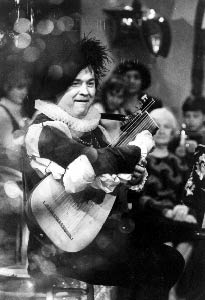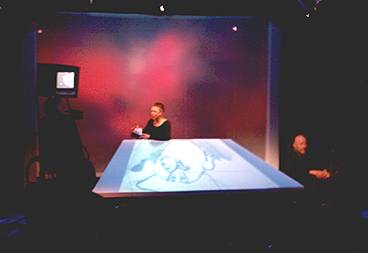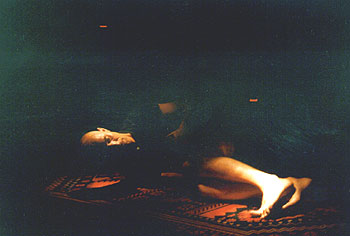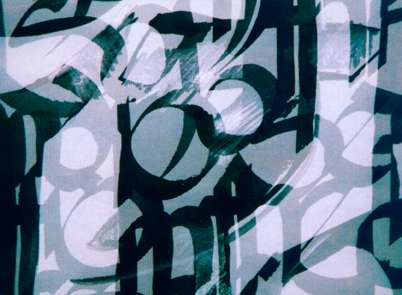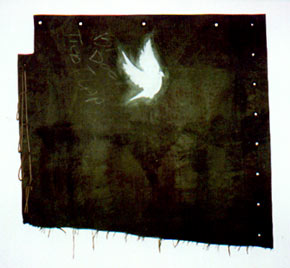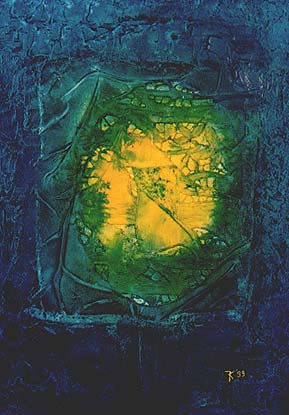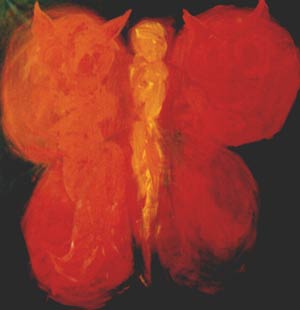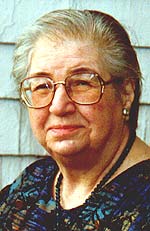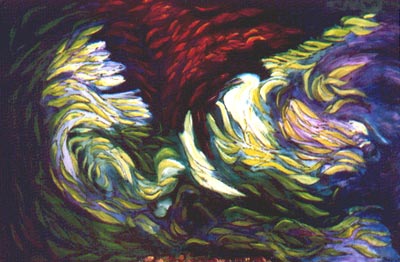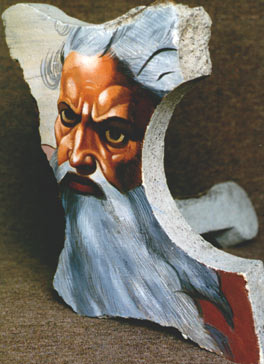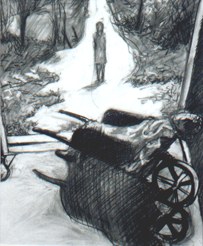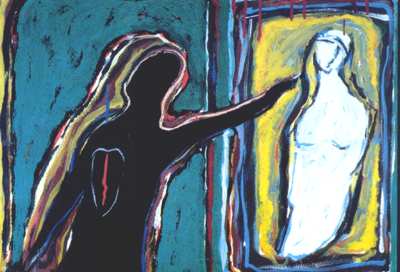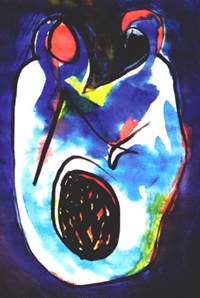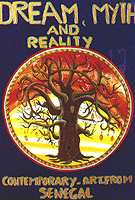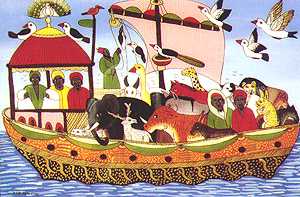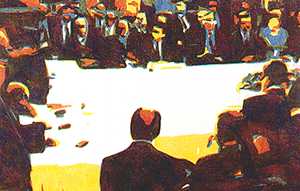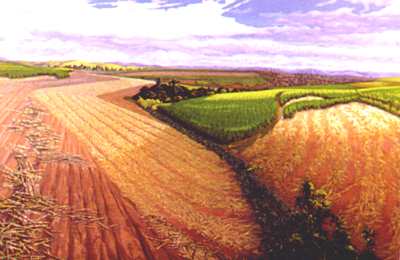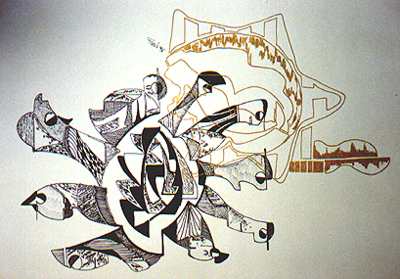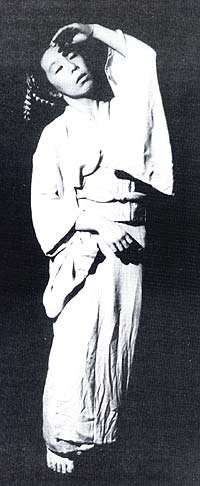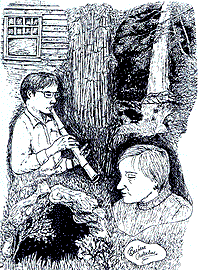|
|
|
| ||
| Espańol |
Currently only excerpts & illustrations from the last 13 issues (numbers 43 to 55) are on this site. Scroll down to view the October 2000 issue. Click on the numbers to view other issues. Info about the current book on the arts | |||||||||||||||||||||||||||||||||||||||||||||||
| Contents List | |||||||||||||||||||||||||||||||||||||||||||||||
| excerpts & illustrations (The full articles are only available in the printed magazine. Click on "subscribe" for more info.) |
 |
56 |  |
55 |  |
54 |  |
 |  |
53 |  | 52 |  |
51 |  |
 |
 |
50 |  |
49 |  |
48 |  |
47 |  |
 |  |  |  |
 | ||||||||||||||||||
 |
 |  |
 | ||||||||||||||||||||||||||||||||||||||||||||
| 46 |  |
45 |  | 44 |  |
43 |  |  |
 | 42 |  | 41 |  | 40 |  | 39 |  |
 | 38 |  | 37 |  |
36 |  | 35 |  |
 |  |
34 |  |
33 |  | 32 |  | 31 |  | |||||||||||
 "Every Planet Has Its Creatures", 1998 33x 33 inches, hand-painted dyes and cotton thread embroidered on cotton and stretched on wooden stretchers. by Beth Yazhari, U.K. The abstract composition is hand-painted on cotton with a grid of paisleys embroidered over it. The paisley designs, adapted from an Indian Kashmir shawl, were added a year after the painting. “I thought a lot about the creative process during this piece, as it was very labour intensive, and I think of its two phases as a metaphor for a creation myth. The initial painting is like the big bang of sheer creative joy and the second phase, the process of embroidering of the paisleys, made me think of God methodically filling the planet with life. The paisley I chose is amoeba-like, suggesting movement, yet the creatures are locked into the underlying grid-like pattern of the whole composition - one controlled by their Creator.” |
News & Letters
page 2 New Music CD, Traces
|
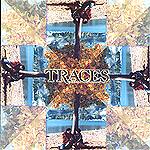
 Bahá´í themes, and Sacred Verses his fifth. For orders: Nightingale Press, 61 Greendale Ave., Avonhead, Christchurch, New Zealand, tel: 00 64 3 3589762, fax: 00 64 3 3589784, or e-mail at
Bahá´í themes, and Sacred Verses his fifth. For orders: Nightingale Press, 61 Greendale Ave., Avonhead, Christchurch, New Zealand, tel: 00 64 3 3589762, fax: 00 64 3 3589784, or e-mail at 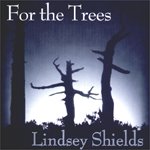 It costs $NZ 20 plus postage from: Lindsey Shields, P.O. Box 155, Warrington, Otago 9060, New Zealand,
email:
It costs $NZ 20 plus postage from: Lindsey Shields, P.O. Box 155, Warrington, Otago 9060, New Zealand,
email: 